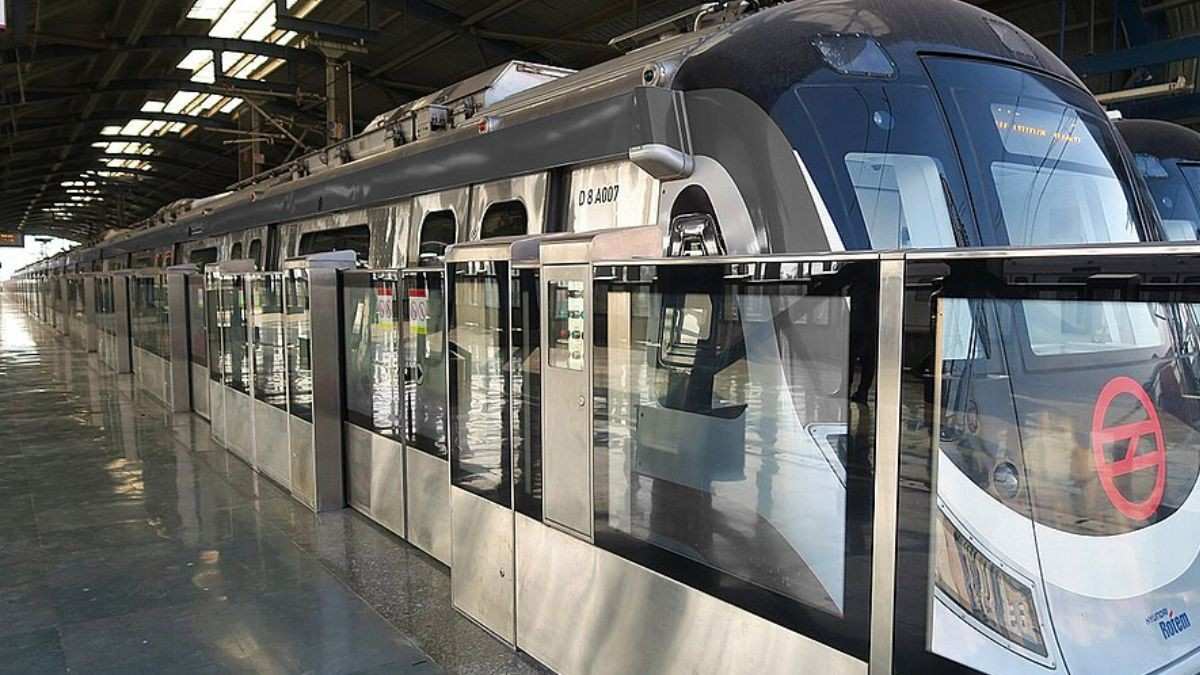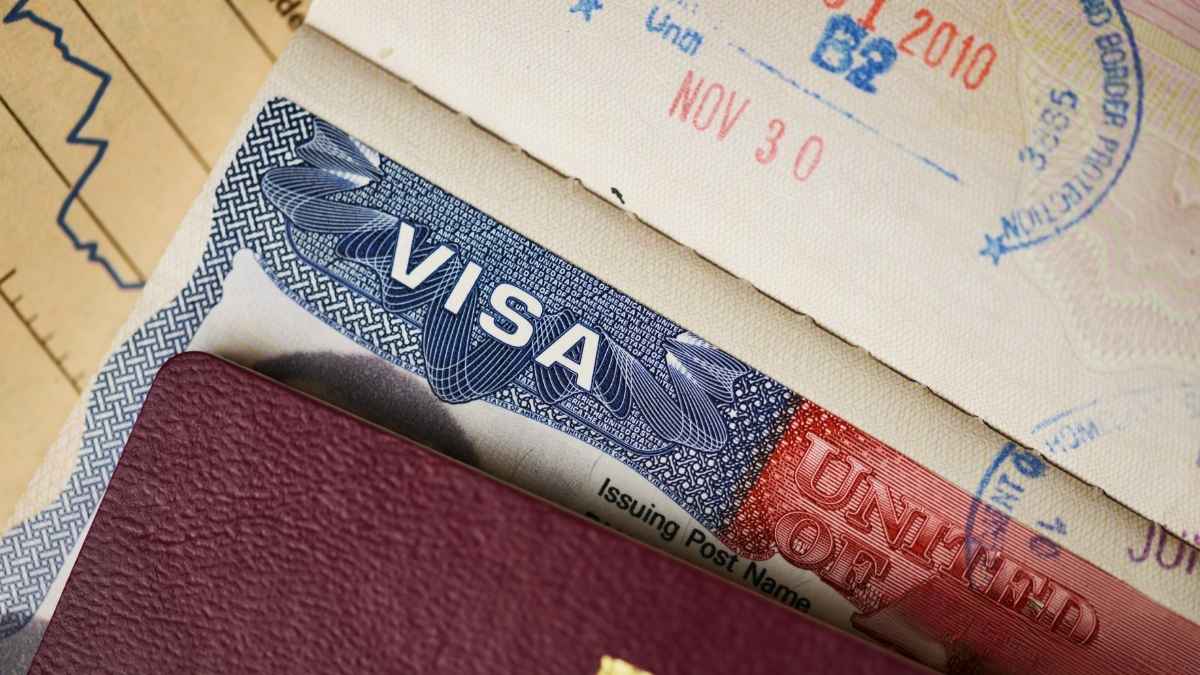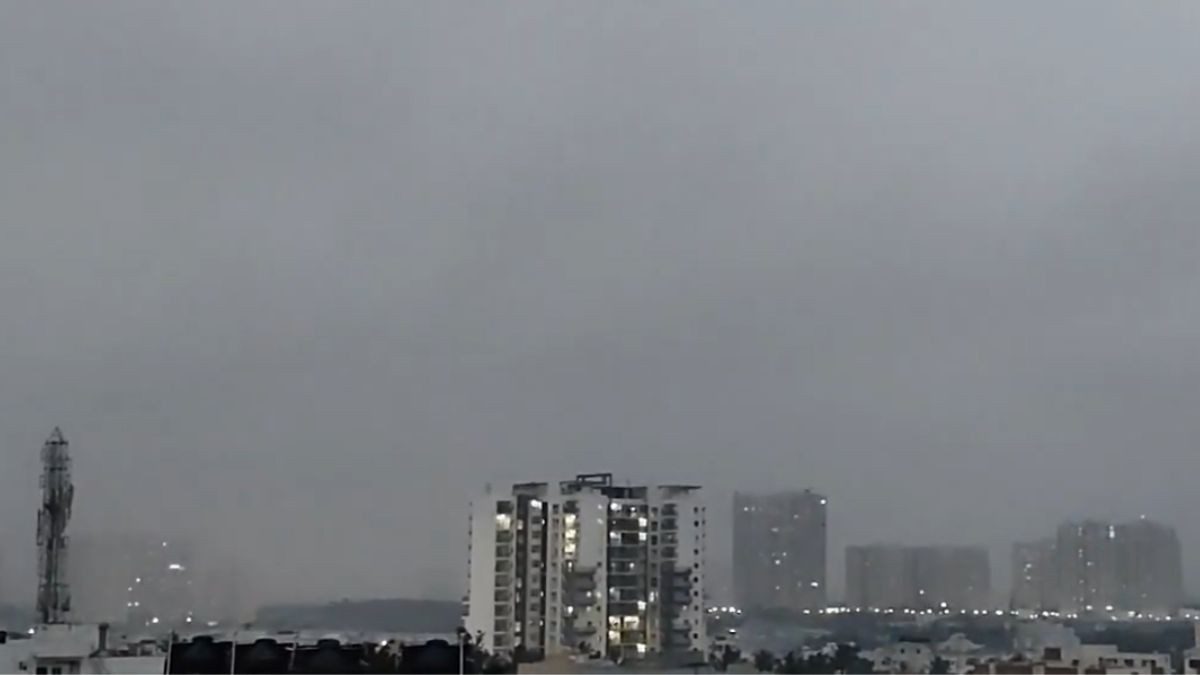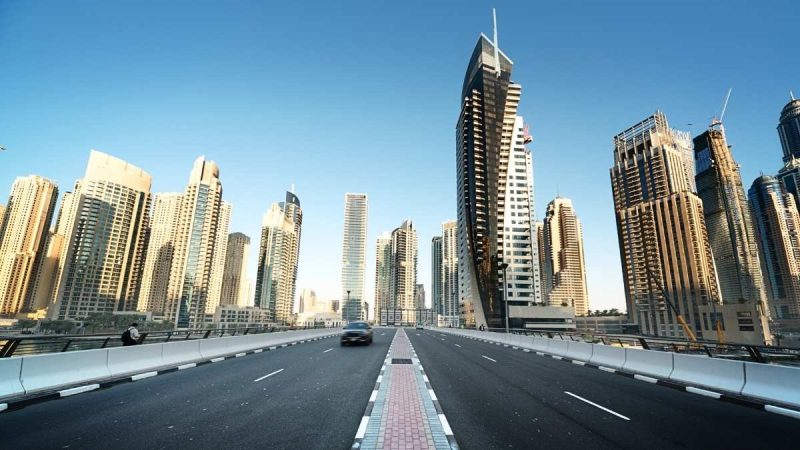Dubai can turn a roundabout into a talking point; imagine what it can do with an entire architectural identity for its roads. And now that Sheikh Hamdan has officially approved the new design strategy, things are about to get even more polished out there. You might not spot it all at once, but trust me, the changes will shape how the city feels, functions and more.
Dubai Locks In A Fresh Architectural Identity For Its Roads
The architectural identity for Dubai’s road projects, developed to enrich the city’s visual character, enhance the quality of its urban landscape, and standardise design criteria for infrastructure and road projects across the emirate. pic.twitter.com/LOdvDsRAM8
— Dubai Media Office (@DXBMediaOffice) November 21, 2025
Basically, the ultimate goal of this move is to make the city look as intentional on the ground as it already does from overhead. If you notice Dubai from a plane window, you’ll witness cohesive, calm, and surprisingly colour-coordinated aesthetics in the Emirates. The leadership wants to continue that harmony in design.
So, the architectural identity will guide the design of bridges, lighting, canopies, street furniture, and more. Basically, everything that shapes Dubai and its roads.
Linking Purpose With Aesthetics
The move was introduced with a purpose which runs beyond just aesthetics. According to a report by Gulf News, the strategy ties directly into the Dubai 2040 Urban Master Plan. The focus is on improving the quality of life while keeping the city visually consistent.
The newly approved architectural identity has the city divided into six zones for the implementation across the Emirate.
What Each Zone Will Look Like
1. Residential Zones
These areas will lean into privacy and quiet living. Expect warm colours and materials that feel rooted in the region and not edgy. Just the kind of palette that makes a neighbourhood feel lived-in and welcoming.
2. Rural Zones
This is set to reflect simple, functional, natural aesthetics using organic materials and earthy tones to match the agricultural character. Think clean lines, light colours, and designs that blend rather than clash.
3. Mixed-Use Zones
These are the busy, blended parts of the city. They’ll have a flexible design language to help private and public spaces flow together without overlapping.
4. Historical & Artistic Zones
Here, expect details inspired by traditional patterns, heritage motifs, and old-world craftsmanship.
5. High-End Attraction Zones
These areas will stay bold and modern. Sleek façades, contemporary forms, and standout materials will define the spaces meant to catch attention.
Also Read: RoboTaxis Hit Dubai Roads On Select Streets For Trials Ahead Of Its 2026 Launch
So What Does This Mean For Us?
Dubai isn’t just building roads. It’s crafting experiences with cleaner visuals and better-designed public spaces. And this new architectural identity ensures that the everyday view looks and feels like the Dubai we all brag about.
Cover Image Courtesy: CanvaPro/IakovKalinin from Getty Images Pro
For more such snackable content, interesting discoveries and the latest updates on food, travel and experiences in your city, download the Curly Tales App. Download HERE. First Published: November 22, 2025 12:55 PM




